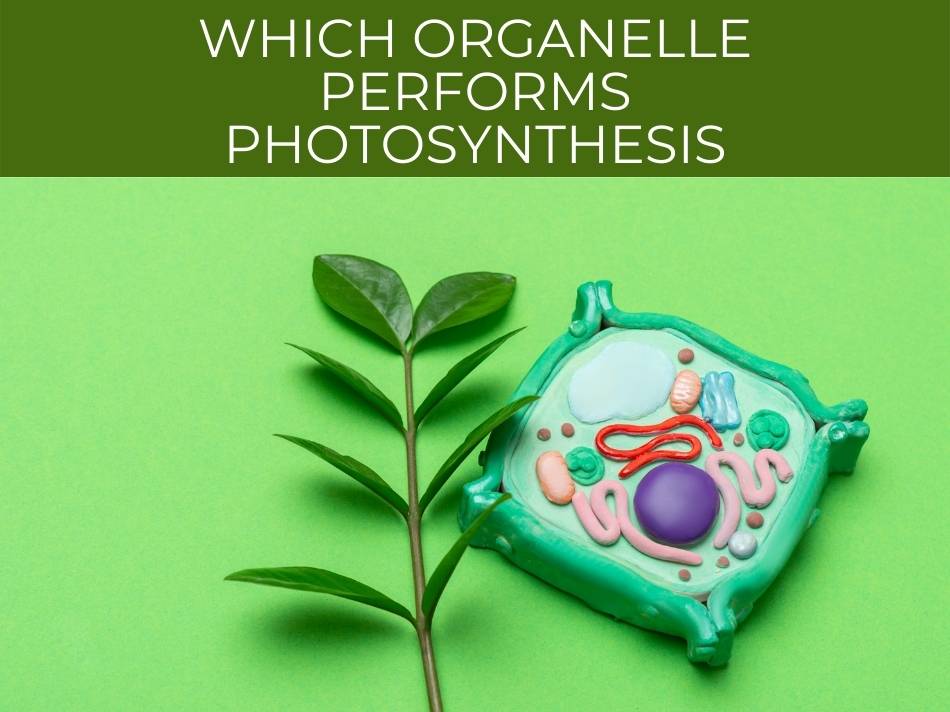Plants are pretty amazing. Not only do they produce their own food, but the same photosynthesis process also produces oxygen, earning them the nickname the ‘lungs of the Earth’.
Photosynthesis is performed by organelles called chloroplasts, mainly in palisade cells on the surface of leaves. Chloroplasts contain chlorophyll, the pigment that gives plants their green color & absorbs light, which is combined with carbon dioxide and water to form glucose.
Photosynthesis is the process that powers everything else in a plant. You might remember the basics from high school, but scientists actually know a great deal about the inner workings on a subcellular level. It can get complex quickly though, so we’ve broken it down for you in this post.
Understanding the photosynthesis process can give you a better appreciation for how plants support themselves, and a better idea of how to help your plants along.So let’s dig into the science a little.
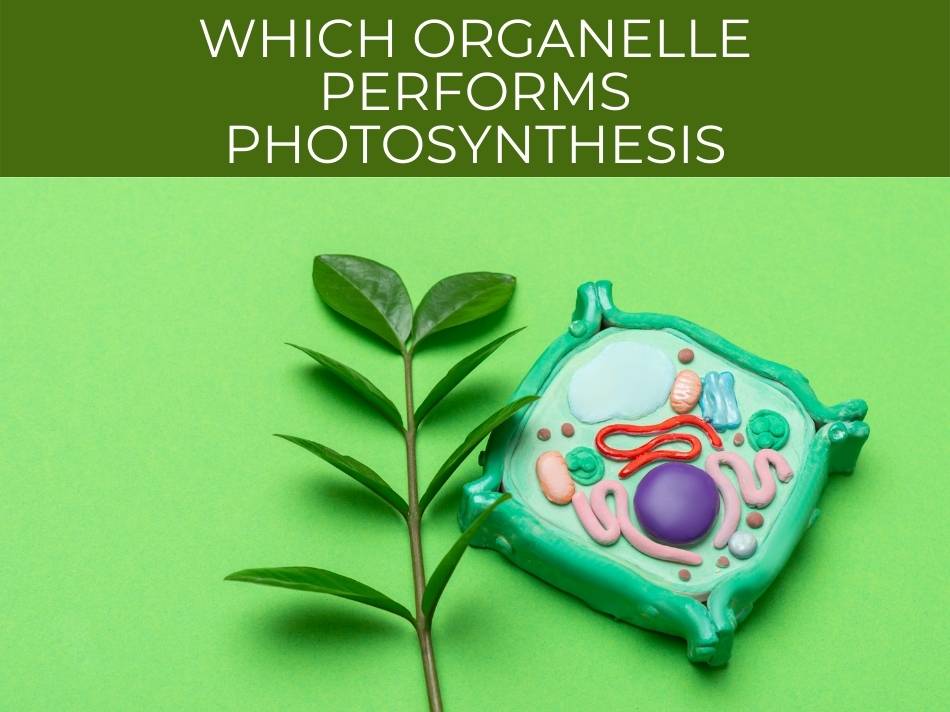
Which organelle performs photosynthesis
Plant cells contain lots of smaller systems known as organelles.
Membrane-bound organelles are called plastids, and it is one of these types – the chloroplasts – that carries out many important cellular functions including photosynthesis.
Photosynthesis is performed by organelles called chloroplasts. Pigments within chloroplasts, called chlorophyll, absorb light energy from the sun which is then used to convert carbon dioxide and water into glucose.
The number and size of chloroplasts in each plant cell varies, depending on the genetics of a plant and environmental factors.
Chloroplasts can also move around the cell, taking it in turns to move into sunlight and helping to ‘stir’ the contents of the cell.
You can even observe this movement under a microscope.
Find out if the color of light affects plant growth.
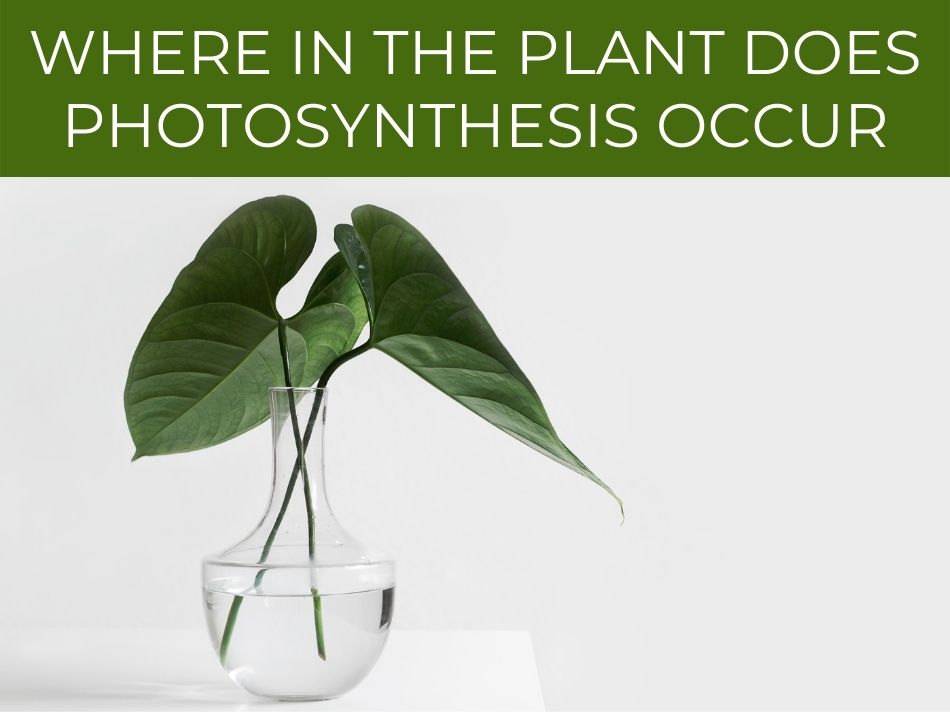
Where in the plant does photosynthesis occur
For most plants, photosynthesis mainly takes place in the top of leaves as it is where the most sunlight hits.
Photosynthesis mainly takes place in palisade cells, on the surface of leaves, but can occur in modified stems and even roots. Because chlorophyll absorbs blue and red light, it appears as green. Anywhere the plant is green is where photosynthesis can occur.
Chlorophyll, the light absorbing pigment in chloroplasts is green, so wherever a plant is green, you can expect some photosynthesis to take place.
In some plants, such as cacti, photosynthesis occurs in the stem.
Because cacti don’t open their stomata (their ‘breathing holes’) until nighttime to reduce water loss, they also need to store the carbon dioxide they take in until daylight.
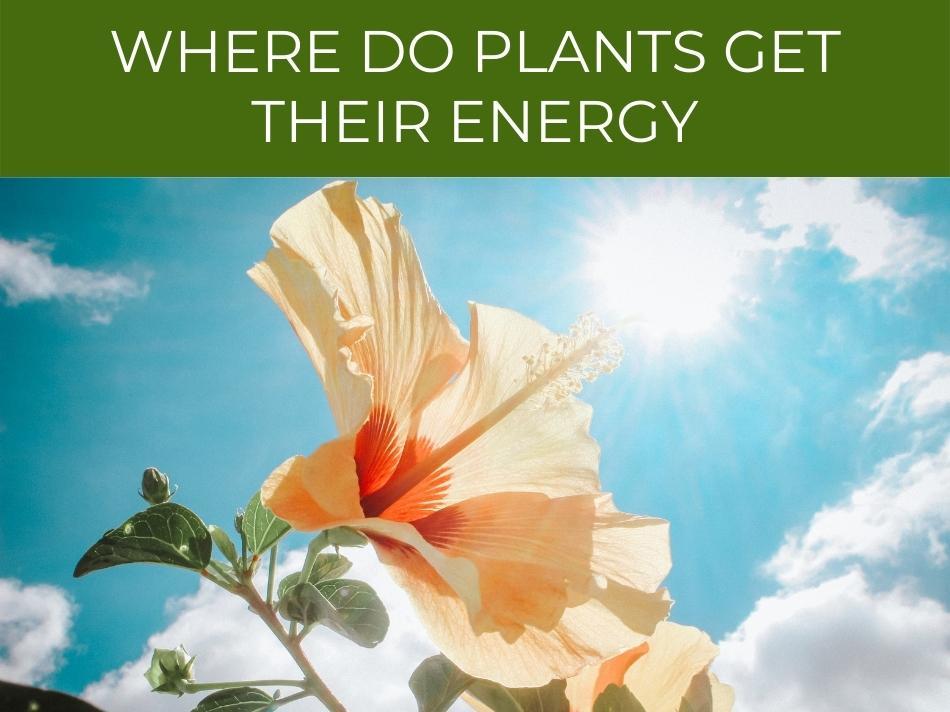
Where do plants get their energy
Plants need sunlight because this is where they get their energy from, to convert into glucose.
Different plants have evolved to their environments to get the optimum amount of light without losing too much water, or getting burnt.
Low-light plants often have large, broad leaves to maximize the amount of light they can absorb.
Plants in high intensity light conditions often have to prioritize preventing water loss, and have smaller leaves.
Plants get their energy from sunlight, specifically from UV-violet-blue and red wavelengths. Photosynthesis converts this light energy into glucose, the sugar which is the plant’s energy. Glucose is easily converted into ATP, the ‘free energy’ source for metabolic processes.
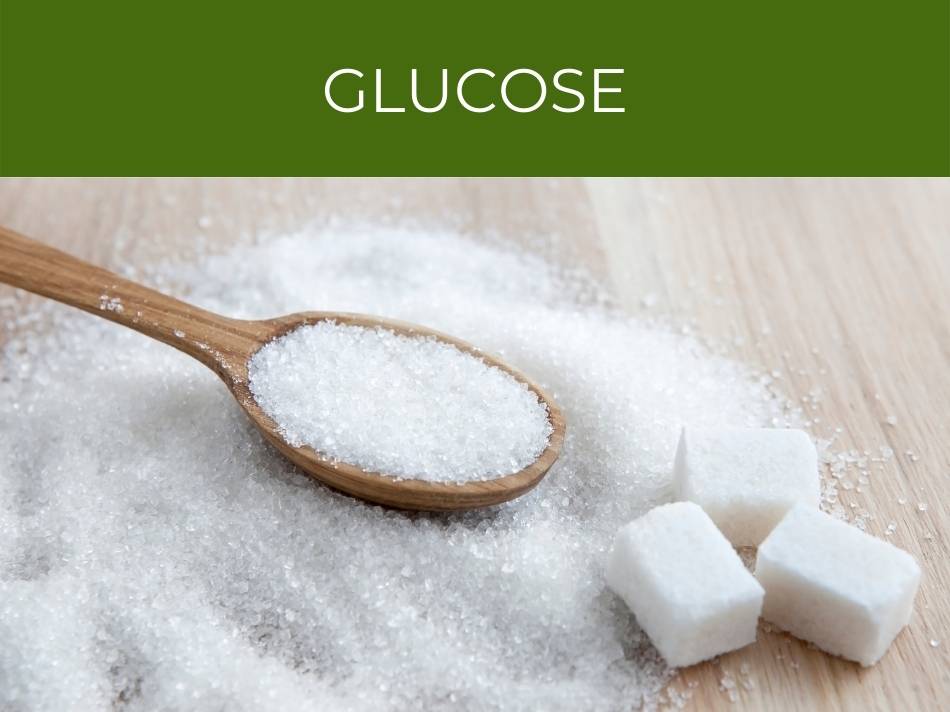
Glucose is used by the plant to generate ‘free energy’ known as ATP.
ATP is then used directly for metabolic processes, such as pumping water across concentration gradients.
Photosynthesis uses light of specific wavelengths, which is why artificial lights need to be specifically designed for growing.
Check out our post on how to grow plants under artificial light.
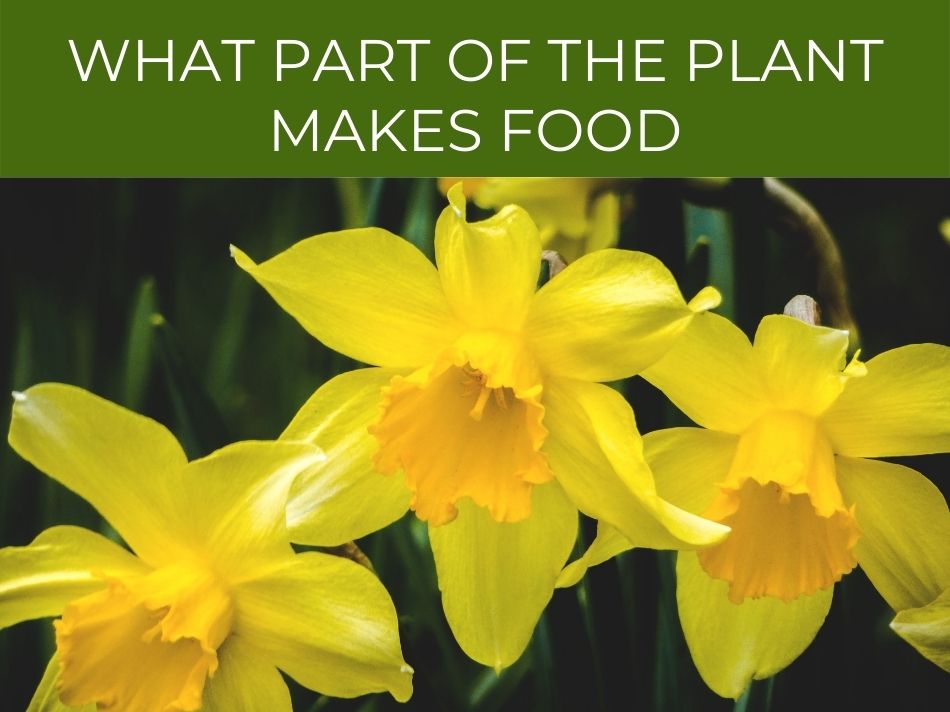
What part of the plant makes food
Plants are autotrophs, which means that they make their own food.
Glucose is the immediate source of food, and is converted into other substances like cellulose, for building cell walls, and more complex nutrients.
Glucose is also turned into starch, which acts as a longer store of food.
Plants use glucose for cellular metabolism, growth, reproduction and to convert into starch as a longer term energy store. Starch is made in the leaves, but can be accumulated in fruit, seeds, rhizomes and tubers ready for reproduction, or at the ends of branches in preparation for new growth.
Many plants have adapted to use starch as a food store to help the plant survive during a dormant period.
This includes bulb plants such as daffodils, garlic and onions, tubers such as potatoes, and rhizomes such as lilies.
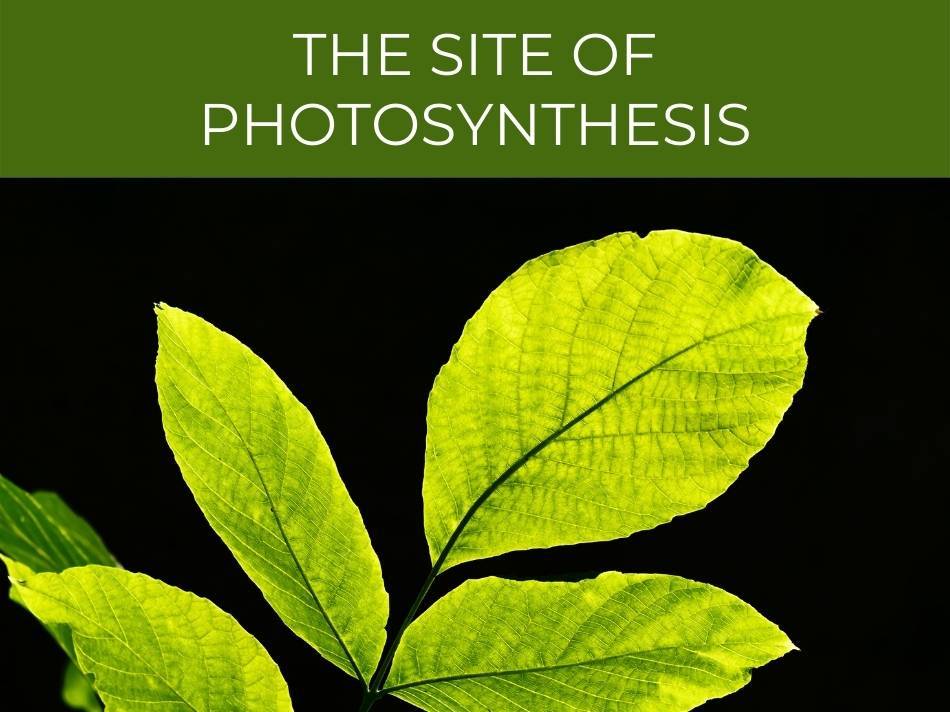
The site of photosynthesis
Photosynthesis happens in two phases; a light-dependent reaction, and then a light-independent reaction known as the Calvin cycle.
Both stages happen in the chloroplasts, but in different systems.
Photosynthesis happens in two stages, all within chloroplasts. First, a light-dependent reaction in the thylakoids converts light energy to NADPH and ATP. A light-independent reaction (the Calvin cycle) in the stroma then converts these intermediates into glucose.
The first, a light-dependent reaction happens in the thylakoids, which are stacks of interconnected sack-like structures.
The Calvin cycle happens in the stroma, which is the fluid filled area of the chloroplast.
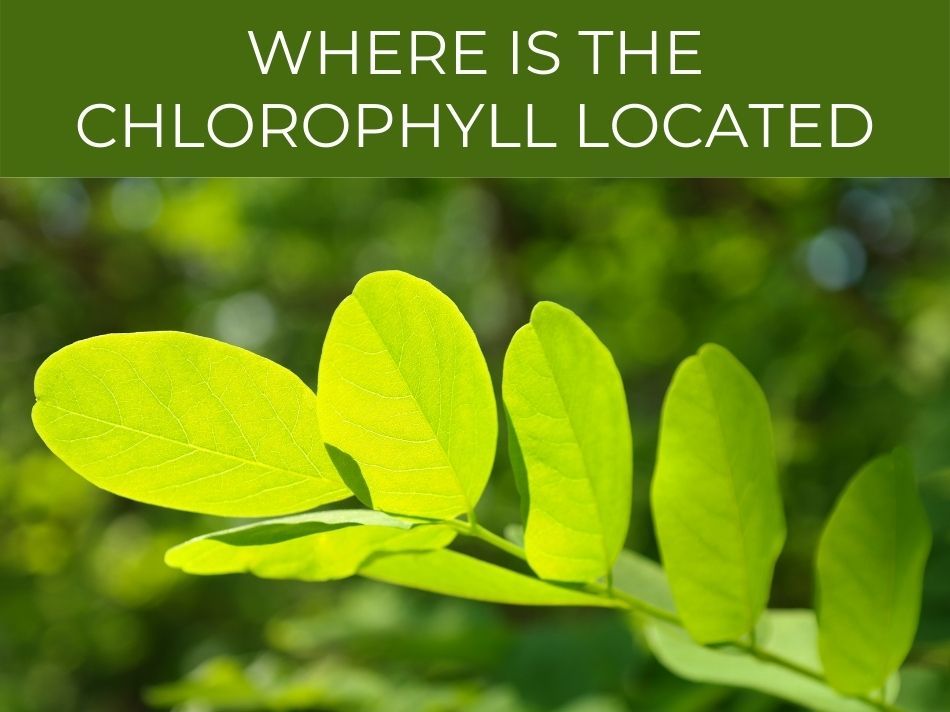
Where is the chlorophyll located
Chlorophyll is located in the thylakoids, which is where the light dependent phase of photosynthesis happens.
Chlorophyll is the photosynthetic pigment which absorbs light energy. They can be found within the photosystem, in the thylakoid membranes of chloroplasts.
Chlorosis may be caused by an iron, magnesium or nitrogen deficiency.
In Autumn, chlorophyll is broken down revealing the yellow and red of other pigments in the leaves.
See this post on what to do with yellow leaves on a plant.
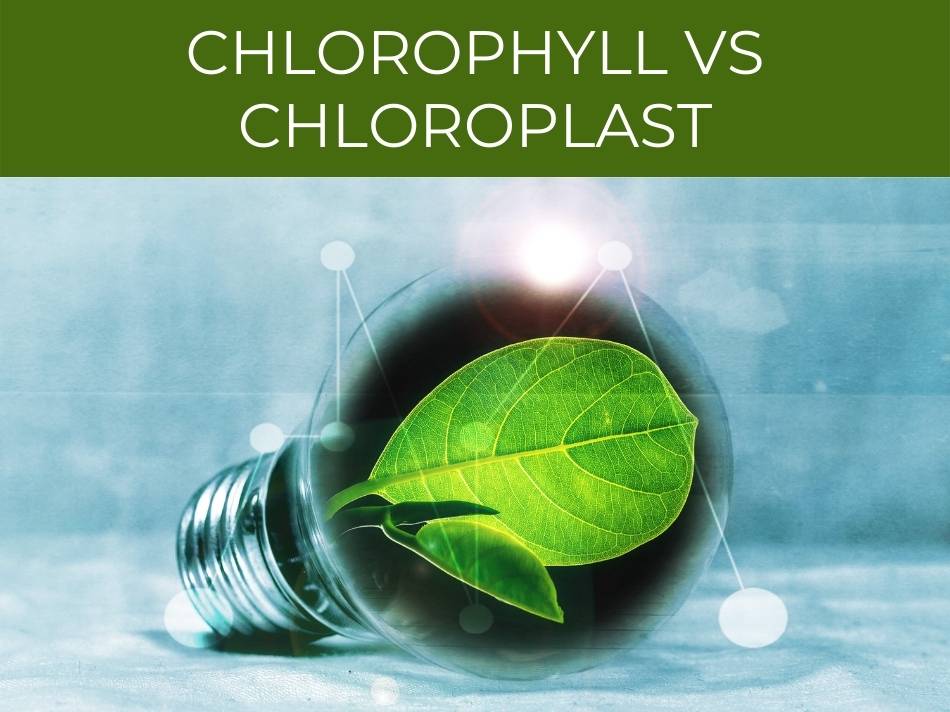
Chlorophyll vs chloroplast
They sound similar, but chlorophyll and chloroplasts are two different things.
Chlorophyll is a pigment protein that absorbs light energy, transferring the energy of a photon into an electron. This high energy electron then begins the photosynthesis reaction. Chloroplasts are the larger organelles, which contain chlorophyll and smaller systems including the thylakoid system.
Chlorophyll is the pigment that absorbs light, whereas chloroplasts are the organelles that contain chlorophyll, plus the photosystems where photosynthesis happens.
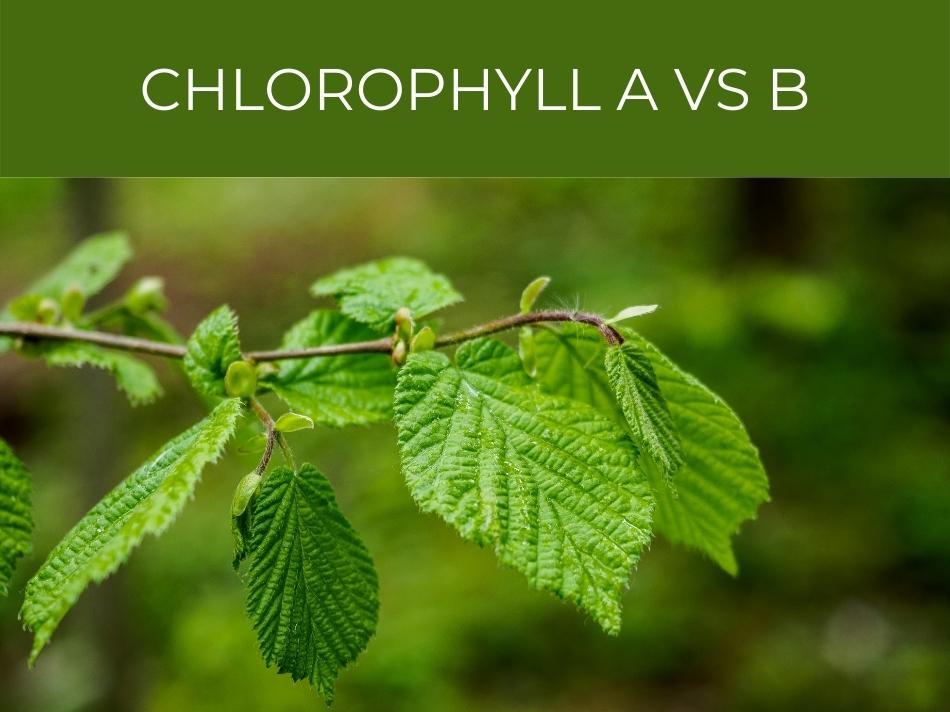
Chlorophyll a vs b
Algae and cyanobacteria actually contain up to six types of chlorophyll, but most green plants contain chlorophyll a and b.
There are two types of chlorophyll in green plants. Chlorophyll a is the pigment that captures violet-blue and orange-red light for photosynthesis. Chlorophyll b is a ‘supporting’ pigment that captures blue light and transfers energy to chlorophyll a.
Chlorophyll a and b absorb slightly different wavelengths of light.
Chlorophyll a absorbs light for photosynthesis, whereas chlorophyll b plays a supporting role by capturing extra blue light, and transferring it to chlorophyll a.
Shade adapted plants have a higher ratio of chlorophyll b, as they can better absorb the bluer light found in filtered conditions.

Conclusion
Photosynthesis is a complex and amazing process that allows plants to sustain themselves.
Knowing a little about the inner workings of how plants produce food, can help you understand their growing requirements and how to better care for them.

